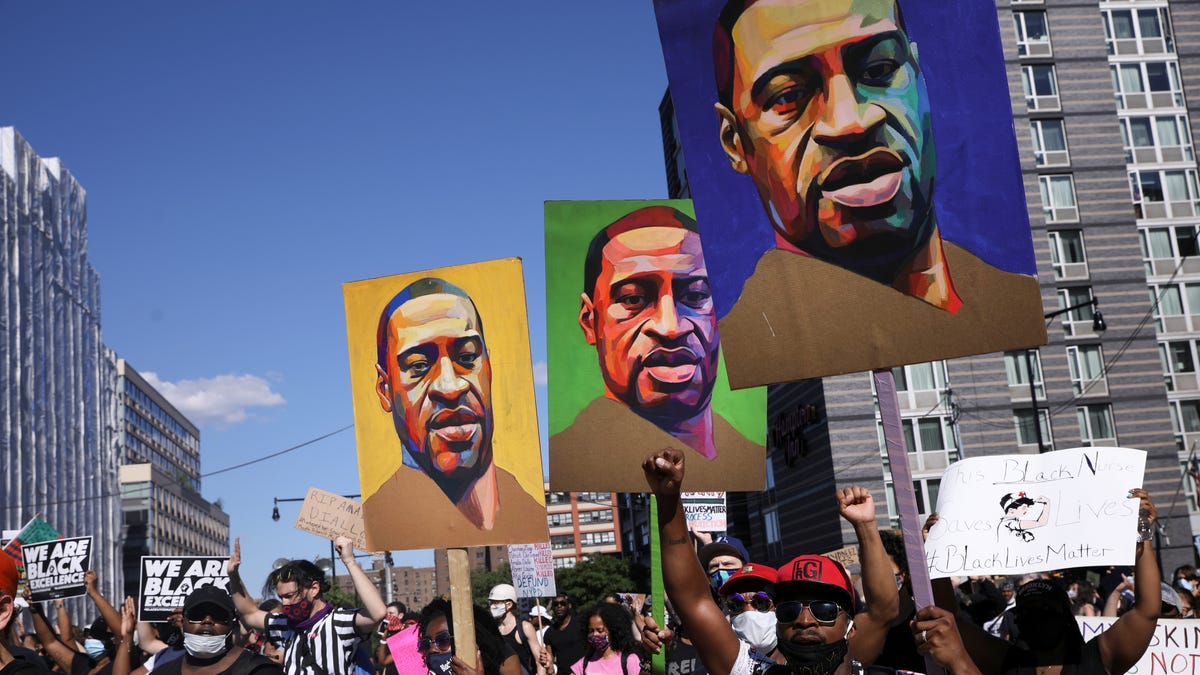The Supreme Court directed a lower court to reconsider whether the police officer can be sued.
Minneapolis commits to police oversight after George Floyd probe
In January, Minneapolis committed to police reform after the George Floyd investigation.
WASHINGTON − The Supreme Court on May 27 ordered another look at whether a police officer who partially blinded a teenager during the 2020 George Floyd protests can be sued.
Lower courts said a jury could reasonably conclude that Ethan Daniel Marks was not an immediate threat to police when a Minneapolis police officer shot him in the face with a chemical-filled projectile, making him legally blind in one eye.
The officer, Benjamin Bauer, said he chose a less-lethal way of stopping what he said was an assault on a fellow cop.
Bauer appealed to the Supreme Court, which vacated the St. Louis-based 8th U.S. Circuit Court of Appeal decision allowing the suit to move forward.
But the justices directed the appeals court to reconsider the case in light of its recent decision about a fatal traffic stop. In that case, the justices said courts can look beyond the exact moment a police officer is using deadly force to determine if the force was unreasonable.
That decision benefited the family of the man who was shot during the traffic stop for unpaid tolls. But the court’s May 27 order helps the police officer.
And it came the week after after the Justice Department said it’s dropping negotiations for a court-approved settlement with Minneapolis, despite having found that authorities routinely violated the civil rights of Black people.
Floyd was murdered on May 25, 2020, when Chauvin kneeled on Floyd’s neck as he pleaded that he couldn’t breathe. (In 2023, the Supreme Court turned away an appeal from Derek Chauvin, the former Minneapolis police officer convicted of killing George Floyd, who argued that riots in the city biased the jury against him.)
Three days after Floyd’s murder, Marks and his mother went to an area near the police station that was the epicenter of the protests.
Officer Jonathan Pobuda blocked Marks’ mother, a registered nurse, from trying to approach a woman who had been injured, prompting Marks, then 19-years-old, to confront Pobuda.
That officer pushed Marks back with his riot baton.
Bauer, believing Pobuda was being assaulted, shot Marks in the face with a projectile at close range.
Marks sued Bauer for using excessive force.
A federal district court and the 8th U.S. Circuit Court of Appeals allowed Marks’ suit to proceed.
Two of the three circuit judges who heard the case said Marks made a compelling showing that Bauer used more force than needed when Marks was no longer resisting the other officer and was falling backwards to the ground.
A third judge disagreed, writing that the chaos and violence that quickly enveloped the officers made it impossible to conclude that Bauer had clearly violated Marks’ rights.
